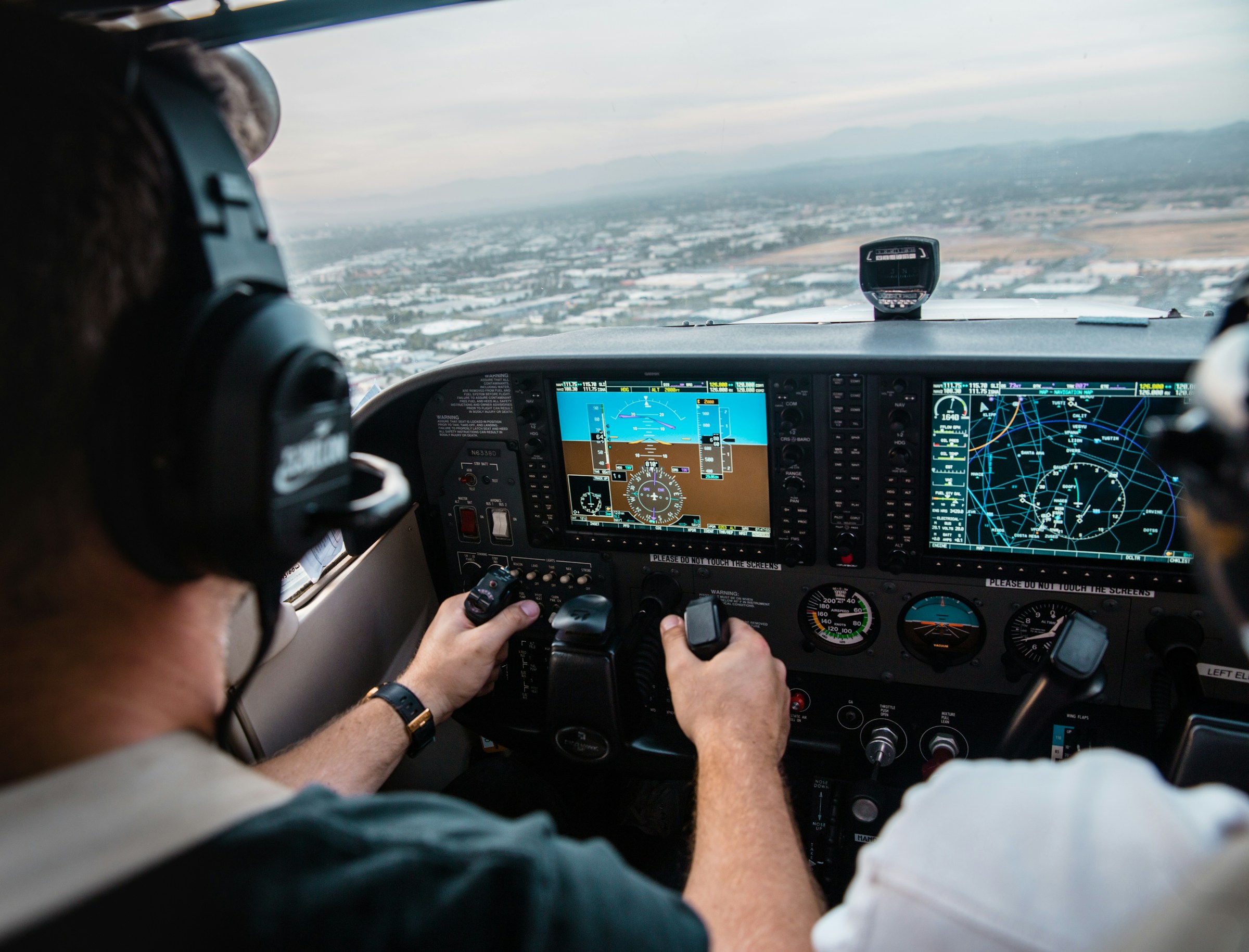

Are you leading on autopilot? (NEED SOURCES)
Then you start wondering:
Why did they react the way they did?
Was I really curious -- or mostly keen to get my way?
Did I really know what was going on in the room?
These are common experiences among managers — especially in times of high tempo and complex tasks. And it points to an important area of development:
The ability to be alert and learning—not just in retrospect, but while standing in it.
We often reflect too late
In traditional leadership development, much emphasis is placed on evaluation and reflection afterwards:
• What worked?
• What could we have done differently?
• What did we learn?
All of this is important. But in a rapidly changing world, understanding what happened in retrospect is not always good enough. Many of the most crucial moments -- in the team, in conversations, in decisions -- require us to catch ourselves in what is happening.
This is where Action Inquiry comes in.
What is Action Inquiry?
Action Inquiry is a method developed by William Torbert (2004), which is about integrating action, reflection, and relational presence—simultaneously.
It is a practice in which you train yourself to:
• Act with intention
• Observe yourself and others in real time
• Exploring and sharing your own motives and reactions in meeting others
This brings a new kind of leadership capacity: the ability to adjust yourself as you act -- not just afterwards.
Three levels of practice
1. Act
You do something concrete: give a feedback, take the floor in a meeting, ask a question.
2. Reflection in the moment
You observe what is happening in you and around you:
• What am I trying to achieve now?
• Do I react with curiosity or control?
• How do I act on those around me?
3. Dialogue and co-creation
You make the learning collective:
• You ask open-ended questions
• You share what you feel
• You invite feedback and joint exploration
How can you train on this?
It starts with small gripes:
• Ask yourself one question in the middle of a conversation: What is really going on in me now?
• Set intention before a meeting: What kind of presence do I want to have?
• Write down briefly afterwards: What did I do? What was I thinking? What did I learn?
• Try out “live partner reflection”: Have a colleague observe you in a meeting and give feedback on presence and impact.
Why is this method recommended?
Action Inquiry is particularly valuable in management because it:
• Gives you access to your own blind spots — as they happen
• Strengthens relational intelligence — by daring to show yourself
• Builds psychological reassurance — when modeling wonder and openness
• Increases learning and flexibility — in situations where there are no fixed answers
As Torbert himself writes: “The leader who practices action inquiry does not separate reflection from action, but uses awareness as a tool for wiser action.”
Ready to try?
Start small. In your next meeting — take a short “inner pause.” Ask yourself a curious question. See what happens.
Leading is not just about getting others to move. It is also about moving oneself -- in the face of what is happening, here and now.
And it can be learned.




.JPEG)